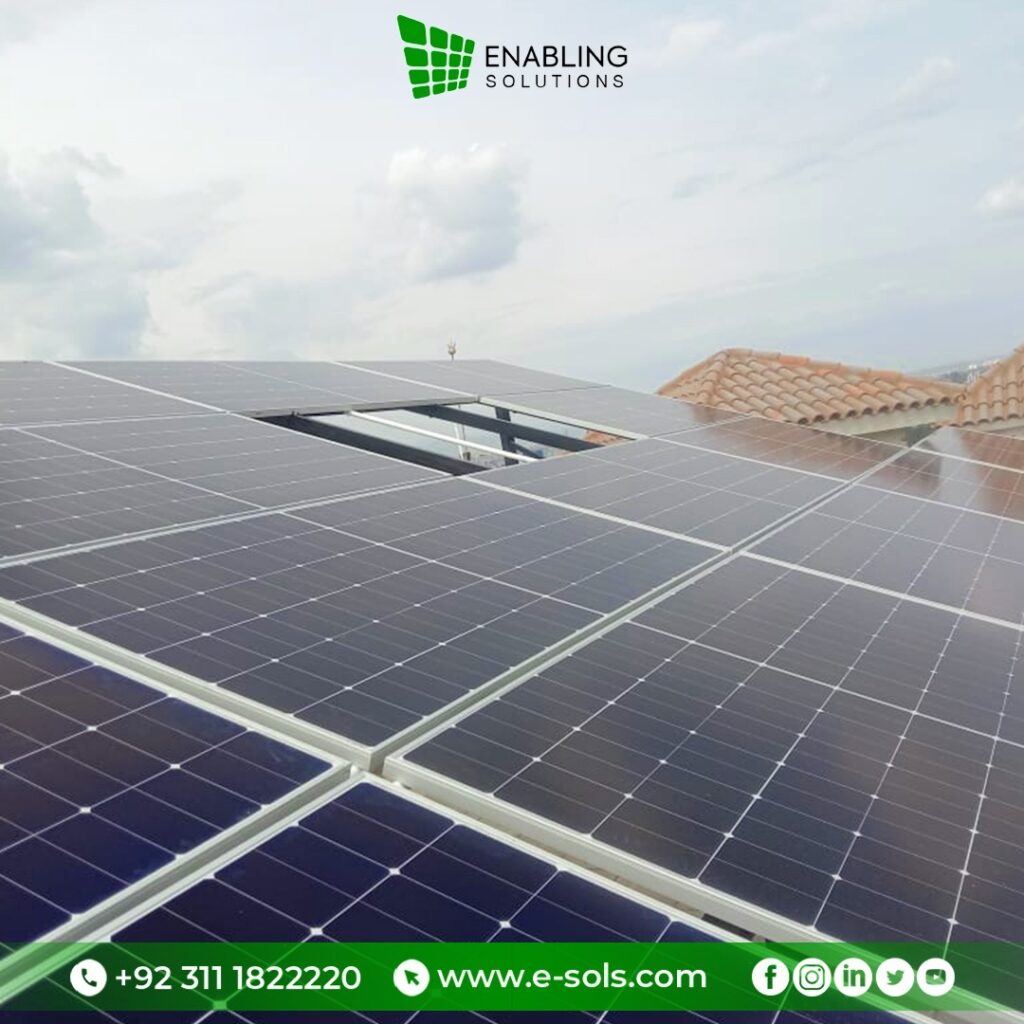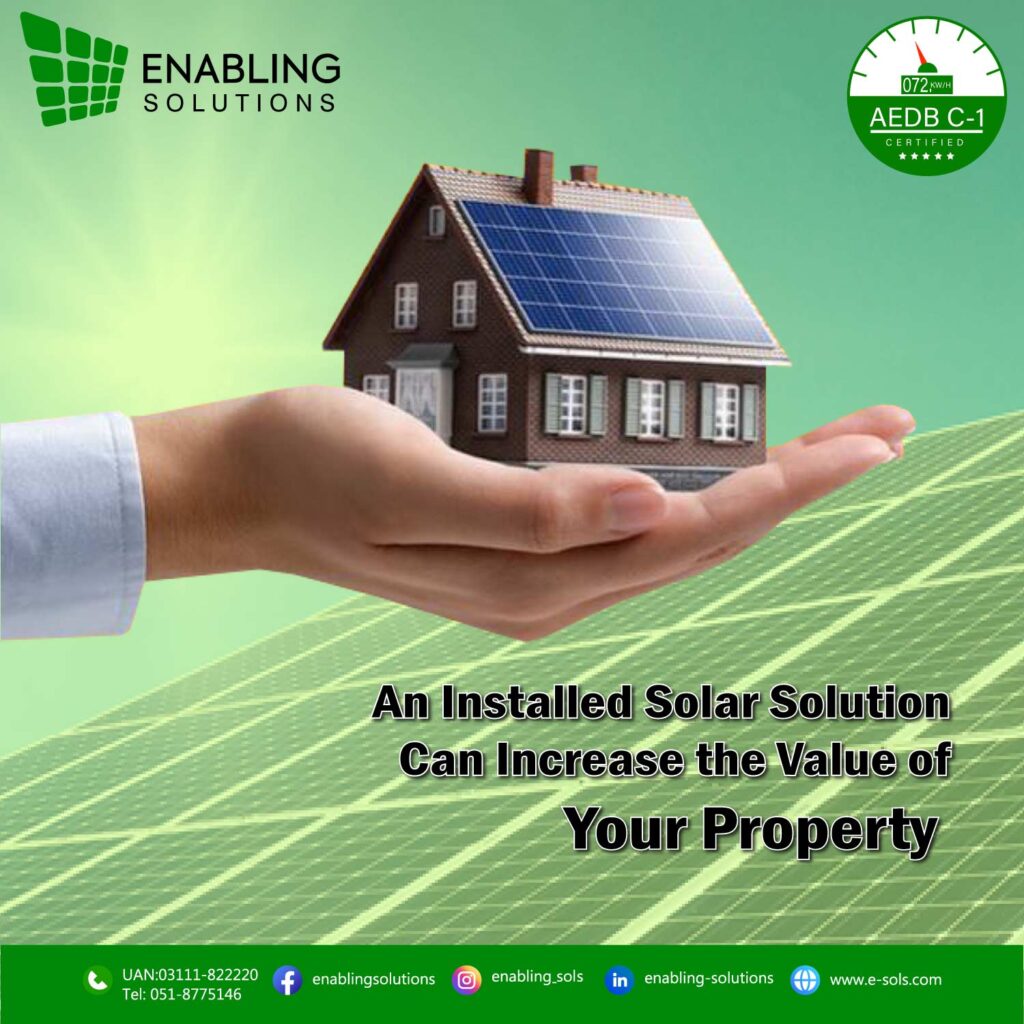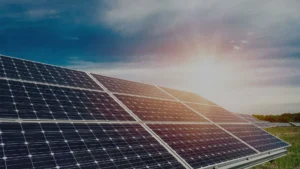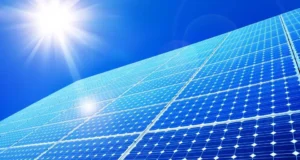Introduction
Solar energy is the most viable solution to meet this demand. Different types and sizes of rooftop solar panels are available to convert sunlight into renewable energy. The world’s demand for energy is consistently on the rise. The need for renewable energy sources is more crucial now than ever before. As the world is facing huge climatic changes, human beings also need to consider this factor and change the way of consuming natural resources. Pakistan is blessed with the potential of Sun. Pakistan is suffering by electricity short falls since last years. In summer, load-shedding reach up to 14-16 hours per day and temperature rises up to 50’C.
Rooftop solar panels enhance the resilience of communities in the face of power outages and natural disasters. During grid failures, solar-powered systems can continue to generate electricity, providing a reliable source of energy for critical needs such as lighting, refrigeration, and communication. By decentralizing energy generation, rooftop solar panels reduce the vulnerability of communities to centralized power infrastructure failures and increase overall energy security.
For detailed information and guidance, contact Enabling Solutions, the professional Rooftop solar panels installer, click here.

Types of Solar Panels
Solar panels are becoming increasingly popular as a source of renewable energy for homes and businesses. With the growing demand for solar panels, there are now different types and sizes of solar panels available in the market.
- Monocrystalline Solar Panels
Monocrystalline solar panels are made using a single silicon crystal. They are extremely efficient and have a high power output. The panels are black and have a distinctive uniform appearance. The main disadvantage is that they are expensive to manufacture. Still, Monocrystalline solar panels are the most efficient and can produce more power in a smaller area.
- Polycrystalline Solar Panels
Polycrystalline solar panels are made by melting different fragments of silicon crystals together. They are less expensive to manufacture than monocrystalline panels but are not as efficient. The panels are blue and have a speckled appearance. Polycrystalline solar panels are more affordable and can still produce a significant amount of power.
- Thin Solar Panels
Thin solar panels, also known as amorphous solar panels, are made using a thin film of silicon. They are lightweight and flexible. The disadvantage is that they are not as efficient as other types of solar panels. Thin-film solar panels are flexible and can be used in a variety of applications
- Concentrated Solar Panels
These solar panels use lenses or mirrors to focus sunlight onto a small area of photovoltaic material, which generates electricity. They are more efficient than traditional solar panels but are more expensive.
Sizes of Rooftop Solar Panels
- Standard Solar Panel Size
Standard solar panels or 60-Cell Solar Panels come in a size of 65 inches by 39 inches and weigh approximately 40 pounds. They are suitable for residential and commercial use, where they can be mounted on rooftops or open ground. Standard rooftop solar panels have a power output of about 250 watts.
- Portable Rooftop Solar Panels Sizes
Portable rooftop solar panels come in various sizes and can be used for camping, outdoor events, and emergencies. The size of the panel depends on its intended use. Small portable panels can generate around 5 watts, while larger panels can generate up to 150 watts.
- 72-Cell Solar Panels
These solar panels are larger than 60-cell solar panels and are typically used in commercial installations. They are typically 78 inches by 39 inches and can produce up to 400 watts of power.
- 96-Cell Solar Panels
These solar panels are the largest size available in the market. They are typically used in utility-scale installations and can produce up to 500 watts of power.
Rooftop Solar Panels
- On-grid Solar Panels
On-grid solar panels are connected to the electrical grid. They produce electricity for personal use, which can supplement or replace traditional power sources. The excess electricity can be sent back to the electric company and can be credited to the homeowner. The primary advantage is that it is cost-effective.
- Off-grid Solar Panels
Off-grid solar panels are not connected to the electrical grid. They rely solely on solar energy to generate electricity. The main advantage is that it allows users to be self-sufficient in generating renewable energy. However, they require a battery bank to store the generated energy and can be expensive.
- Hybrid Solar Panels
Hybrid solar panels combine both on-grid and off-grid systems. They are connected to the grid but also have a battery bank to store energy. The main advantage is that it provides a backup power source during electrical outages.
Types of Rooftop Solar Panels
- Roof-Integrated Solar Panels
Roof-integrated solar panels are installed flush with the roof, creating a seamless look. They are aesthetically pleasing and can add to the resale value of a home. The disadvantage is that they are more expensive to install and can be difficult to replace.
- Solar Tile Panels
Solar tile panels are designed to look like traditional roofing tiles. They are perfect for new construction or roof replacements. The main advantage is that they are an excellent option for those who are particular about the appearance of their home.
- Solar Shingle Panels
Solar shingle panels are designed to look like traditional roof shingles. They are perfect for those who want an unobtrusive solar panel installation. The main advantage is that they are less expensive to install than roof-integrated solar panels.

Factors That Affect the Size and Type of Solar Panels
- Roof Size and Roof Pitch
The size and pitch of the roof impact the type of solar panel used. A larger roof may require more solar panels to generate the desired amount of electricity. The pitch of the roof also determines the optimal angle for solar panels to absorb sunlight efficiently.
- Energy Needs
The amount of energy needed dictates the size of solar panels needed. The more electricity needed, the larger the number of solar panels required.
- Sun Exposure
The sun’s path throughout the day and seasonally can affect the type and size of solar panels used. Areas with more sun exposure require fewer solar panels to generate the desired amount of electricity.
Buying Solar Panels
- Cost
The price of rooftop solar panels varies depending on their size and type. The initial investment is high but can be offset by tax credits and other financing options. It is essential to consider the long-term financial gains when investing in solar panels.
- Warranty and Durability
Warranty and durability are factors to consider when buying rooftop solar panels. A longer warranty period can provide peace of mind and ensure that the panels will last for a significant period. Durability ensures that the panels can withstand harsh weather conditions.
- Installation
The installation of rooftop solar panels is crucial for optimal performance. A professional installation ensures that the panels are efficient and safe.
Enabling Solutions is one of the best solar installation service provider in Islamabad and Lahore. The company has been working since last many years and earning customer trust and satisfaction. If you are looking for best rooftop solar panels installer, click here.
Maintaining Rooftop Solar Panels
Maintaining rooftop solar panels is essential to ensure they are functioning properly and efficiently.
- Cleaning
Periodic cleaning of solar panels is crucial to ensure optimal performance. Regular cleaning of the panels with a soft cloth or brush will help keep them free from dust, dirt, bird droppings, and other debris that can reduce their efficiency. Dirt, dust, and debris can accumulate on the panel’s surface, reducing its efficiency.
- Inspection
Regular inspection of solar panels is essential to identify potential problems early. This can prevent significant repair costs and ensure optimal performance. Inspecting the wiring regularly for any signs of damage or corrosion is also important as it could lead to an electrical hazard if not addressed quickly. Additionally, checking the mounting brackets periodically to make sure everything is secure can prevent potential accidents due to loose parts falling off during high winds or storms.
- Replacing Parts
Solar panels have a lifespan of 25 years or more. However, some parts may need to be replaced over time. It is crucial to identify when parts need replacement to ensure optimal performance.
Finally, making sure all connections are tight and in good condition will prolong the life of your rooftop solar panel system.
Conclusion
Switching to solar energy has significant benefits. Different types and sizes of rooftop solar panels are available to suit individual needs. It is essential to consider factors such as cost, warranty, and maintenance when investing in solar panels. Maintaining solar panels ensures optimal performance and prolongs their lifespan.
Choosing the right type and size of solar panel depends on your specific needs and budget. Whether you are looking to install solar panels for your home or business, understanding the different types and sizes of rooftop solar panels will help you make an informed decision.






